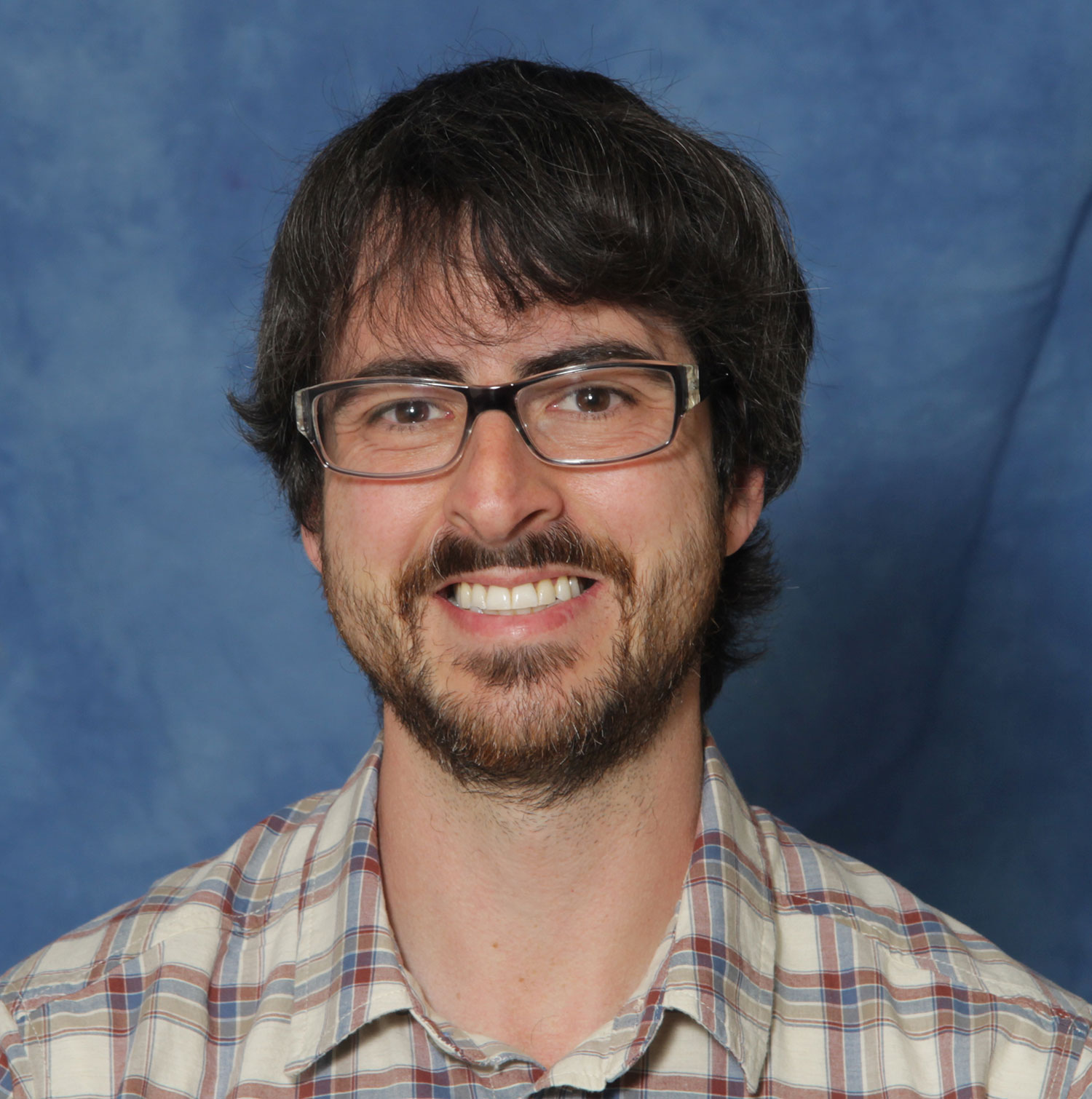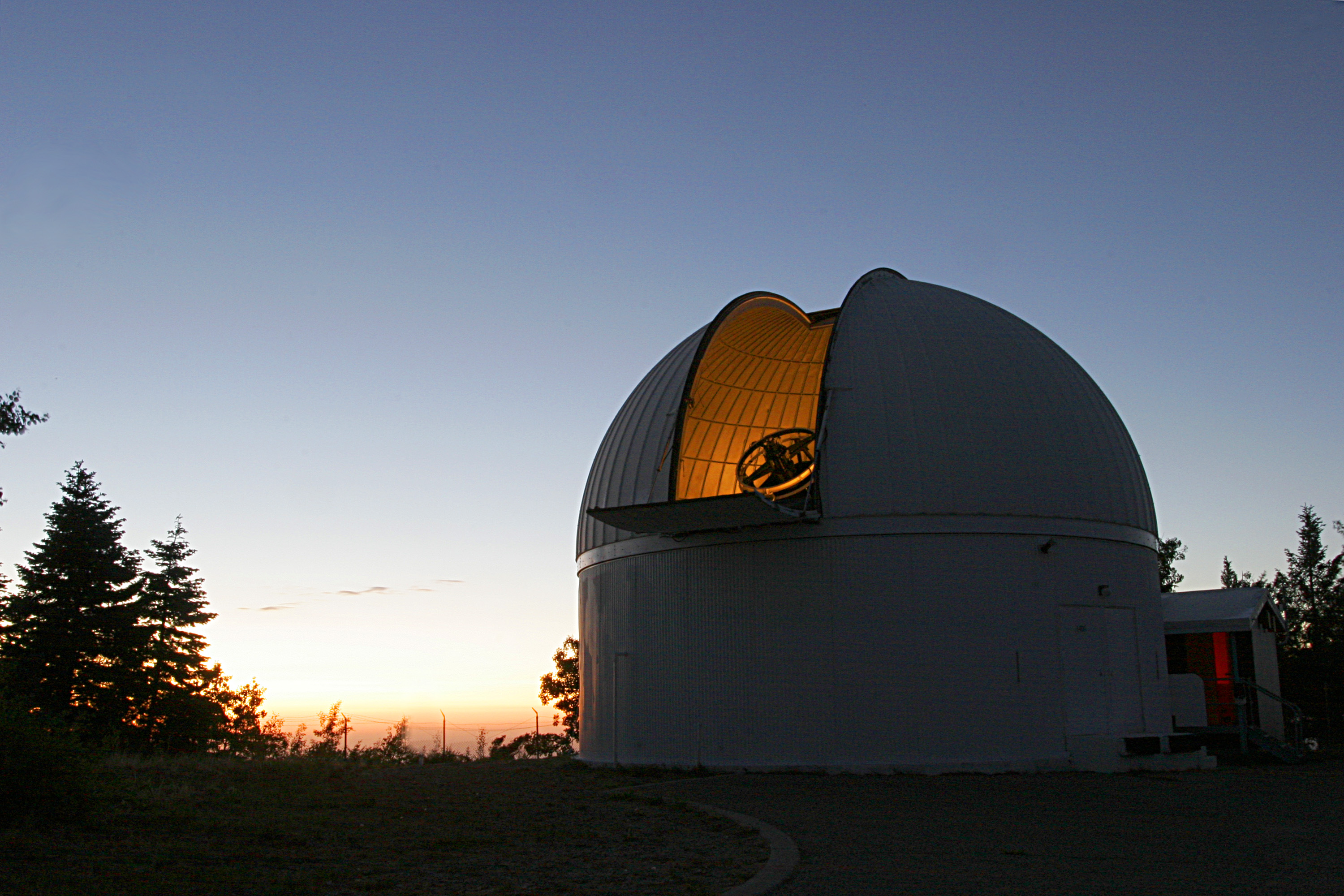Q&A with Carson Fuls, Director of Catalina Sky Survey
 Carson Fuls was named Director of CSS in October 2023. He holds a B.S. in Physics and an M.S. in Natural Applied Sciences (Physics) from Stephen F. Austin State University and is currently completing his first semester as a doctoral student in Planetary Sciences at LPL.
Carson Fuls was named Director of CSS in October 2023. He holds a B.S. in Physics and an M.S. in Natural Applied Sciences (Physics) from Stephen F. Austin State University and is currently completing his first semester as a doctoral student in Planetary Sciences at LPL.
 The Catalina Sky Survey is a NASA funded project supported by the Near-Earth Object Observation Program (NEOO) under the Planetary Defense Coordination Office (PDCO). The CSS mission is to discover and track near-Earth objects (NEOs) in an effort to meet the congressional mandate to catalogue at least 90% of the estimated population of NEOs larger than 140 meters, some of which classify as potentially hazardous asteroids (PHAs) which pose an impact threat to Earth. Longstanding success of the project is attributable to comprehensive sky coverage, continued development and application of innovative software and our NEO detection pipeline, and the inclusion of near real-time human attention to the NEO discovery and follow-up process. CSS has discovered most of the near-Earth asteroids found since 2005.
The Catalina Sky Survey is a NASA funded project supported by the Near-Earth Object Observation Program (NEOO) under the Planetary Defense Coordination Office (PDCO). The CSS mission is to discover and track near-Earth objects (NEOs) in an effort to meet the congressional mandate to catalogue at least 90% of the estimated population of NEOs larger than 140 meters, some of which classify as potentially hazardous asteroids (PHAs) which pose an impact threat to Earth. Longstanding success of the project is attributable to comprehensive sky coverage, continued development and application of innovative software and our NEO detection pipeline, and the inclusion of near real-time human attention to the NEO discovery and follow-up process. CSS has discovered most of the near-Earth asteroids found since 2005.
HOW DID YOU GET YOUR START AS AN ASTRONOMER?
I knew for as long as I can remember that I wanted to be a scientist, but I didn’t settle on astronomy for many years. When I was 17, I was at Stephen F. Austin State University and I got a job in the physics department to help set up telescopes for the freshman level astronomy classes night labs at the university’s fantastic observatory. In fact, access to the observatory’s 41” telescope was one of the main reasons I chose to attend SFA. I spent many nights out there working on the telescopes and trying to gather data in new ways. I’ve worked in other areas of science and engineering, but I’ve always come back to astronomy. To me, it is a more universally appreciated and accessible science than many others. The ability to share what I’m doing with others and have them instantly grasp what I’m working on has always appealed to me.
HOW DID YOU GET YOUR START WITH CSS?
I started at LPL and CSS in 2015 as a full-time observer. I was actually the second choice in the applicant pool, but fortunately, the team was able to add two positions. And the top choice applicant and I are now married, so everything worked out great in the end!
WHAT DO YOU LOVE ABOUT BEING AN ASTRONOMER?
As I’ve said, I love sharing with others what I do, but I also love being an observational astronomer. I love heading up to the top of a remote mountain for days at a time. Winter nights are cold and long, but peaceful, and you have the most time to make discoveries. Summer nights are short, but you have time during the day to appreciate the mountain. I’ve spent many afternoons before work hiking and rock climbing in the Catalinas. It’s hard to imagine another profession where that is your daily routine.
WHY DID YOU CHOOSE TO START GRADUATE SCHOOL AND HOW WILL THE PROGRAM CONTRIBUTE TO YOUR WORK?
I started graduate school because I was ready and up for the challenge. I also thought that it would help push my career forward. I wanted to jump into the academic side of planetary science by being involved in pushing the science forward, in contrast to what I have done with CSS, which has been focused on operations and engineering.
CSS has always been guided by the latest science. We base much of our observational strategy on the latest asteroid population models and are always considering the latest work on image processing and linking observations of asteroids. I see my role as taking in a larger swath of the current research and making connections with others in the field who may be working in similar areas and bringing that back to the survey.
DO YOU HAVE ANY TIME FOR HOBBIES?
In my ample free time, I volunteer for the Southern Arizona Rescue Association (SARA). We are responsible for search and rescue activities in Pima county and have helped those in need all over the state. Much like CSS, SARA is an incredibly dedicated and professional group that I am proud to be a part of.
HOW DO YOU FIND A WORK-LIFE BALANCE?
It is all-asteroids-all-the-time at my house as my wife, Rose Garcia, also works at LPL on the OSIRIS-APEX mission heading to the asteroid Apophis. I do have to plan my work out to make time for everything. But I try to spend as much time as possible with my daughter, River. She is 5 years old, and we have the best time playing Legos, dolls, or just sitting and watching cartoons together. If I can read to her a bedtime story, then I count that as a productive day.
HOW CAN AMATEUR ASTRONOMERS SUPPORT CSS?
For those with their own telescopes and proficient with observing asteroids, I would recommend checking out our NEOfixer site (neofixer.arizona.edu) to see which near-Earth asteroids are the most in need of observation.
Read more about Carson Fuls and the Daily Minor Planet:

